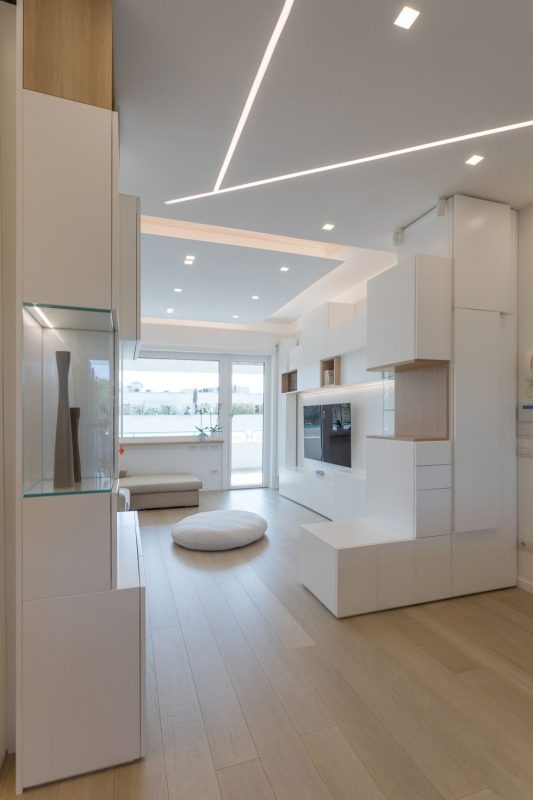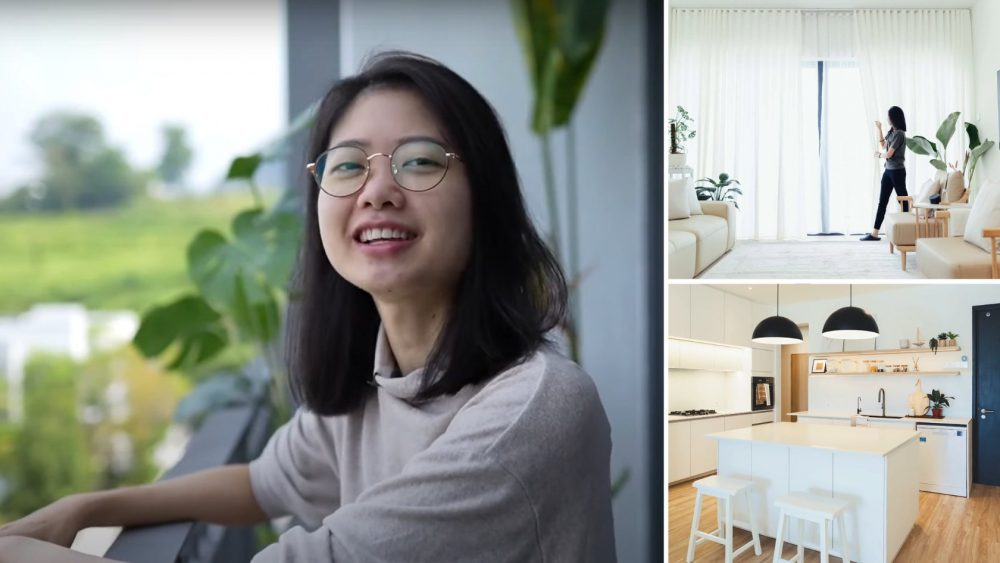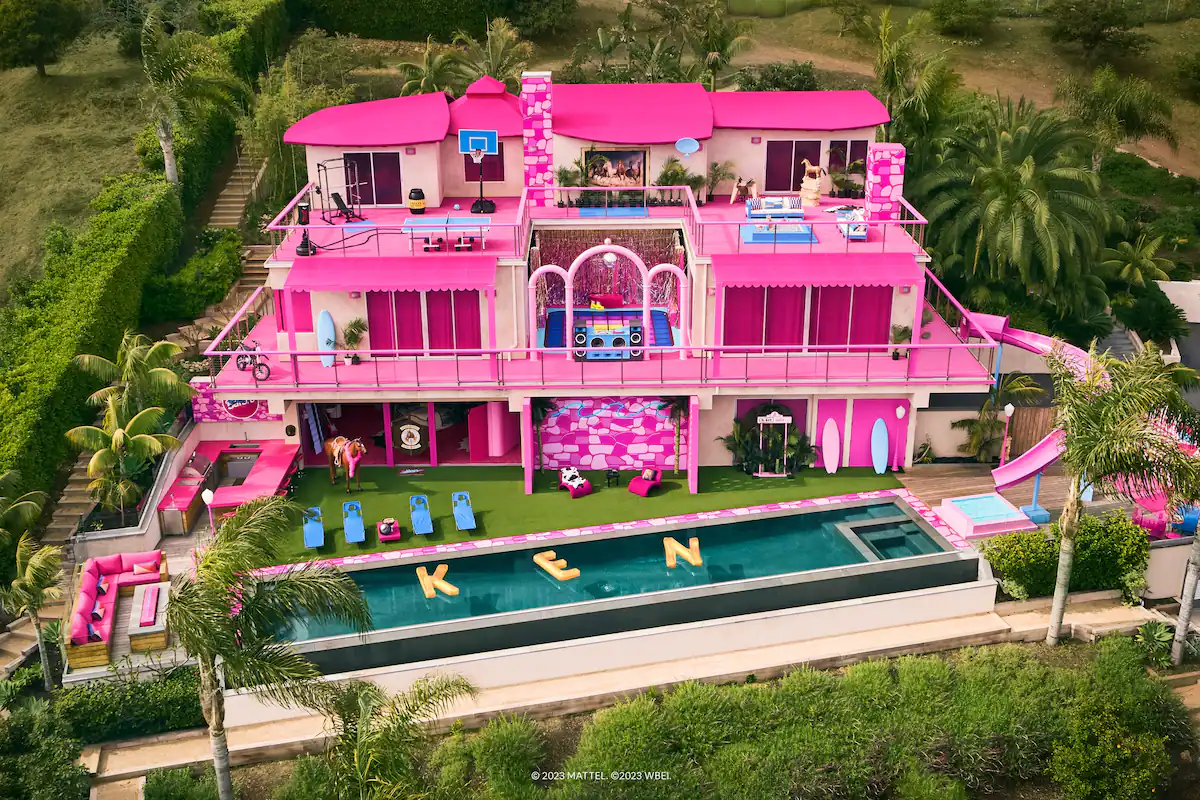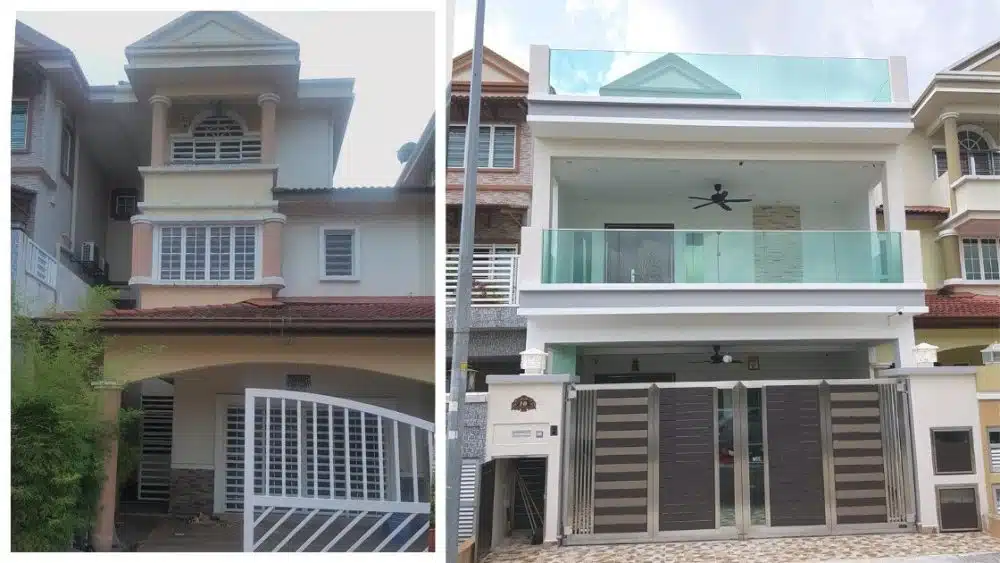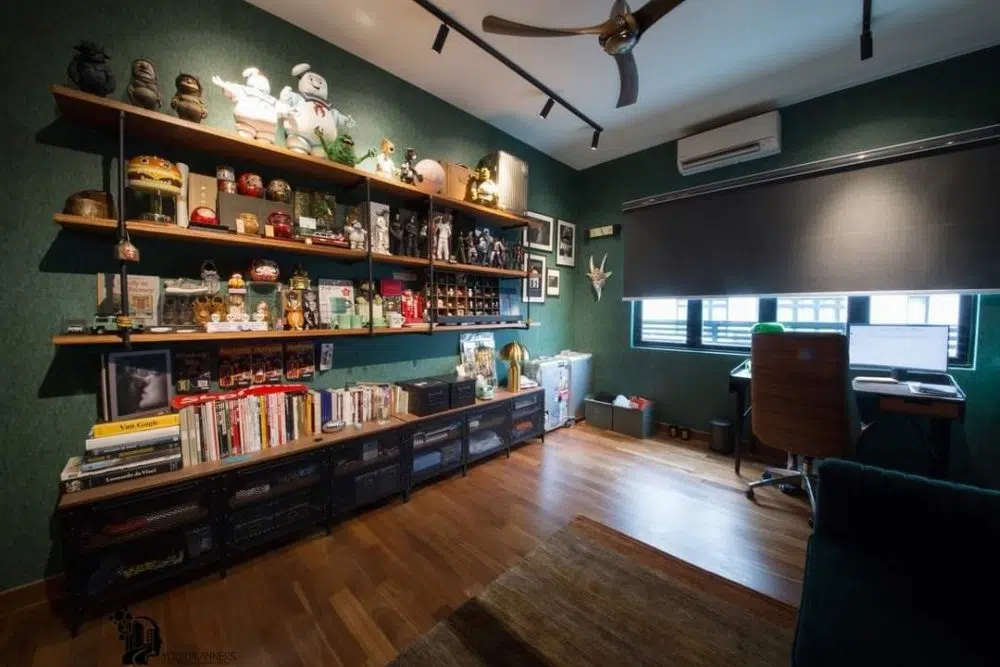Lighting is the bare necessity of every home, and when properly thought through the right lighting ideas can transform spaces. There is an ambience that fills a room when the right lights are used. The colour of the light, the placement, and the light fixtures will give each room a distinctive feel and intention.
When designing your home it is important to keep in mind the purpose of each space, such as the living room, bathroom, kitchen and bedrooms. This is because the lighting you decided to place in any space needs to reflect two things, the purpose and mood you want to set.
Once you understand how lighting works on the simplest level, you’ll be able to determine what type of lighting is best suited for what space, as well as the do’s and don’ts when lighting those spaces.
The 3 Types Of Lighting
Understanding the different types of lighting options will help you determine how much lighting is needed in which rooms and in what capacity and fixtures. Each type of lighting plays a specific role and knowing how these roles work is key to ensuring that you use them correctly separately or together.
Ambient Lighting / General Lighting
Ambient lighting is also referred to as general lighting, it illuminates a light throughout a specific space. It is a direct form of lighting that is meant to emulate natural light in a space. Ambient lighting is a primary light source meant to brighten an entire room with uniform lighting.
This lighting type can be layered to provide a soft natural glow that illuminates the room. When this is done the space will have the right amount of light without being too harsh.
Popular light fixtures for ambient lighting / general lighting are as follow:
- Chandeliers
- Recessed Lights
- Ceiling Lights
- Pendants Lights
Task Lighting
As the name suggests, task lighting is used to shine a light on a specific functional task that requires greater attention to detail. For example, in the kitchen you would want to place a good amount of task lighting in areas where you’re prepping, cooking and baking, such as undercabinet lights, over an island or the stove.
Task lighting comes in a shallower form of light that is still bright, where the light will limit shadows, cut away glares and even prevent eye strain.
Popular light fixtures for task lighting:
- Under Cabinet Lights
- Pendants Lights
- Swing Arm Lamps Lights
- Vanity Lights
Accent Lighting
A design and decorative means of lighting, accent lighting is used to draw the eye to elements in a room that you want to highlight. This can be photographs, paintings or shelve lighting for books, vases and plants. A well throughout accent light source that is placed at the right angle will bring the eye towards the focal point being put on display. In Malaysia, you’ll find accent lighting being used primarily outdoors as part of landscape lighting in the gardens, or as general architecture for homes.
When accent lighting is paired with ambient lighting it creates drama and a luxurious mood and feels in a space. To create this mood lighting is simple, just remember ambient lighting is often placed on a higher level of lighting as it produces cheerful and bright effects that stimulate people to alertness and activity. Accent lighting in this case should be on lower levels of lighting positions to create an atmosphere of relaxation and intimacy.
Popular ways to create accent lighting:
- Wall Lights
- Track Lights
- Recessed Lights
- Landscape Lights
Light Temperatures
Light temperatures refer to the colour of the light, and they can play a role in the overall lighting of a room. The colour temperature of the light helps you understand how the light will look in a space, and the type of environment it will create.
There are three light temperatures, warm lighting that ranges from 4000k and below, daylight temperatures between 5000k – 6000k and cold lighting that is 3100k and above. Colour temperature ranges from warm-white to true daylight.
Warm lighting leans towards an amber-orange luminosity, where space will tend to feel more inviting and cosy. It is on the lower side of the temperature scale, while cold light is on the other side of the spectrum leaning towards true daylight. True daylight is very stark and crisp, giving off a blue-white light, which is why it’s considered cold light.
Cool-white is a temperature lighting that is in between the warm lighting and cold lighting. This light is a good balance between the two temperatures that are on the opposite ends of the spectrum that produces a vibrant bright light.
By understanding the relationship light and colour have, you’ll be able to come up with a lighting plan to help you design a room with your desired tone and feel.
The Do’s & Don’ts Of Lighting
Lighting doesn’t have to be complicated, especially when you know the basics of the types of lighting and colour lighting temperature. To make things even easier for you we’ve listed out general and room-specific do’s and don’ts when it comes to doing lighting right.
General Lighting
Do: Layer lighting
Consider mixing different light sources and at different heights to create a peaceful ambience while still keeping the space functional. Try to have a good combination of ambient/general, task and accent lighting for well-done layer lighting.
Don’t: Select Fixtures Based On Aesthetics Only
Everyone wants an aesthetic space, but it’s important to remember that lighting needs to also be functional in a home. Always consider a light fixtures light output performance before deciding on installing it in a space.
Living Room
Do’s
- You’ll want to have more ambient/general lighting in this room to give it a natural and uniform illumination.
- A dimmer is great to create flexibility in brightness in a space. You can also create ambience and mood depending on how bright or dim you want the room to feel for any occasion and at any point of the day.
Don’ts
- If you have a television in the living room, do your best to keep light fixtures away from the direction of the tv, otherwise, there’ll be a glare on the tv.
- When mixing and layering lighting in spaces that are meant more for social gatherings and relaxation, avoid adding too many tasks lighting as it can create an unevenly lit space.
Dining Room
Do’s
- Low hanging lights such as pendant lights and chandeliers do two things well in a dining room, they give a more intimate feel all while brightening up the room and adding an aesthetic appeal.
- Add a touch of elegance with a wall sconce as part of accent lighting when layering lighting in this space.
Don’ts
- Make sure that low hanging lights are still hung high enough that no one can hit their head on it, especially while getting up from their seats.
- Dining rooms should be bright, and underlighting can often happen with dining rooms that are darker in colour. Dark walls require more illumination, especially when there are few to zero windows in the room.
Bathroom
Do’s
- Extra lighting over your shower area, especially downlights to add brightness.
- Add wall scones or small lighting fixtures beside the sink vanity’s mirror.
Don’ts
- Avoid the mistake of installing too few lighting points as that will cast shadows all over the space.
- Avoid using light bulbs that are on the warm colour temperature side, instead opt for neutral or cooler lighting for better visibility.
Kitchen
Do’s
- Place undercabinet strip lights as a means for task lighting, making it easier for kitchen counter work.
- Install pendant lights above your kitchen island for a brighter overall flow of light.
Don’ts
- Avoid using lighting that is too bright as it can wash out the look of the kitchen making it very unappealing.
- Make sure you don’t hang pendant lights too low, in general, hang the fixtures 36-48 inches from the countertop.
Study
Do’s
- Task lighting is a must since the main purpose of this space is activity-based. But add multiple layers of direct and indirect light to create a functional and comfortable area to do work.
Don’ts
- It’s best not to rely solely on artificial lighting, make sure there are windows with good amounts of natural light coming through during the day.
- Avoid using warm lighting as it promotes relaxation, instead opt for cold colour temperature ones as they are better for focusing.
Porch
Do’s
- Make sure the porch is well lit, use layered lighting to create a good amount of light.
Don’ts
- Avoid using single pendant lights in large porches as it will cast shadows, instead use light fixtures that promote accent lighting.
Lighting that hits just right
Lighting up your home with the right amount of brightness, ambience and mood is possible, especially with the best and reliable professional help. Get in touch with the best electricians and submit your details today!



